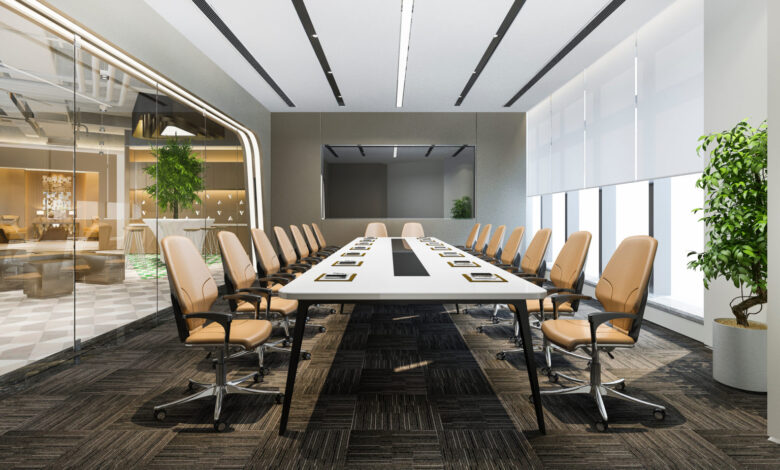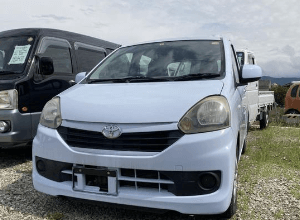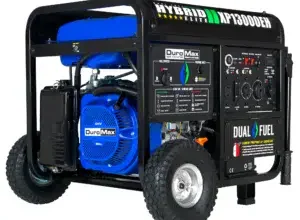New Office Viewing: Technical Elements to Look Out For

Finding the right office space is a pivotal decision for any business, one that influences productivity, employee satisfaction, and operational efficiency. While aspects like location and cost are often prioritized, overlooking technical elements during an office viewing can lead to unforeseen challenges. Technical considerations such as connectivity, infrastructure, and safety features are essential for creating a functional and comfortable work environment. Drawing insights from industry practices, this article details key technical factors to assess when viewing an office.
New Office Viewing: Technical Elements to Look Out For
Infrastructure and Layout
The layout and infrastructure of an office space directly impact how efficiently teams can work. An open-plan layout may encourage collaboration, while private zones are essential for focused tasks. During an office viewing, assess whether the space aligns with your operational needs and workflows. A flexible layout in managed offices in Bengaluru or anywhere in the country that can be adapted for future requirements is a bonus, especially for growing teams.
Infrastructure stability is equally important. Check for signs of wear, such as water damage or cracks in walls, which may indicate underlying issues. Evaluate the quality of essential amenities such as elevators, restrooms, and storage spaces. Offices in multi-story buildings should have reliable elevator systems capable of accommodating daily foot traffic, and all facilities should comply with accessibility standards for inclusivity.
Electrical Systems and Power Supply
A robust electrical system is a cornerstone of any modern office. Ensure the space has adequate power outlets placed conveniently to support workstations, equipment, and common areas. Ask about the capacity of the power supply and whether it can handle high loads, particularly if your business relies heavily on technology.
Backup power systems are crucial for continuity during outages. Look for the presence of generators or uninterruptible power supply (UPS) systems to ensure uninterrupted operations. Additionally, inquire about the age of the wiring and whether the electrical systems meet current safety codes, as older systems may require costly upgrades.
Connectivity and Internet Readiness
Reliable internet connectivity is essential for virtually every business. During your visit, confirm the availability of high-speed internet and assess the range of service providers operating in the area. Test the network strength in various parts of the office to identify any potential dead zones.
Networking infrastructure should also be a priority. Look for pre-installed Ethernet ports, server rooms, and cable management systems. If the office lacks these features, discuss whether modifications can be made to support your IT requirements. Strong, secure, and scalable connectivity ensures smooth communication and efficient operations, especially for hybrid or tech-driven businesses.
Lighting and Ventilation
Lighting and ventilation significantly influence employee productivity and comfort. Natural light is particularly beneficial, as it boosts mood and reduces reliance on artificial lighting. Evaluate the size and placement of windows during the office viewing, and ensure that there are blinds or shades to control sunlight when necessary.
Artificial lighting should provide adequate brightness without causing glare or strain. Modern LED lighting is a preferred choice due to its energy efficiency and even illumination. Ventilation systems should be inspected for functionality and cleanliness. An office with a well-maintained HVAC system ensures a comfortable indoor climate, contributing to a healthier work environment.
Safety and Security Systems
Safety and security are non-negotiable elements of any office. During your visit, review the fire safety systems in place, including alarms, extinguishers, and sprinkler systems. Emergency exits should be easily accessible and marked clearly. An evacuation plan should be visible and aligned with local safety regulations.
Security measures such as CCTV cameras, access control systems, and alarm systems should also be checked. For businesses handling sensitive information, these features are critical for protecting assets and ensuring peace of mind. Discuss with the property manager about the possibility of upgrading or installing additional security features if necessary.
Parking and Transport Accessibility
Convenient parking is a valuable asset for employees, clients, and visitors. Assess whether the office provides adequate parking spaces and whether they are included in the lease. For offices in densely populated areas, consider alternative parking arrangements or nearby public parking facilities.
Transport accessibility is another crucial factor. The office space should be easily reachable by public transport, especially for team members relying on buses, trains, or metro services. Proximity to major transport hubs not only improves convenience but also enhances punctuality and employee satisfaction.
Noise Levels and Acoustics
Noise levels within and around the office can significantly impact productivity. During the viewing, pay attention to potential noise sources, such as nearby construction, traffic, or bustling common areas. Offices located on higher floors or in quieter neighborhoods tend to have fewer distractions.
Acoustics within the office are equally important. Spaces with poor soundproofing can disrupt meetings and concentrated work. Look for features such as acoustic panels or soundproof meeting rooms, which help create a quieter, more focused work environment.
Customization Potential
Every business has unique operational needs, and the ability to customize an office space is valuable. Some landlords allow structural changes, while others impose restrictions. During your visit, discuss the scope of customization permitted within the lease agreement.
Customizable features, such as modular furniture, movable walls, or branding opportunities, enhance the functionality and personality of the workspace. Ensure that any planned modifications align with building codes and do not incur additional costs beyond your budget.
Conclusion
Selecting an office space that meets both operational and technical requirements is a vital step in creating a productive work environment. By paying close attention to infrastructure, electrical systems, connectivity, lighting, safety, and other technical aspects, businesses can make informed decisions that align with their needs and growth plans.
Drawing insights from practices like those highlighted by HubbleHQ, a thorough evaluation ensures that your chosen space supports seamless operations and fosters a comfortable environment for your team. Investing time during the office viewing process not only prevents future challenges but also positions your business for success in a well-equipped and thoughtfully designed space.







